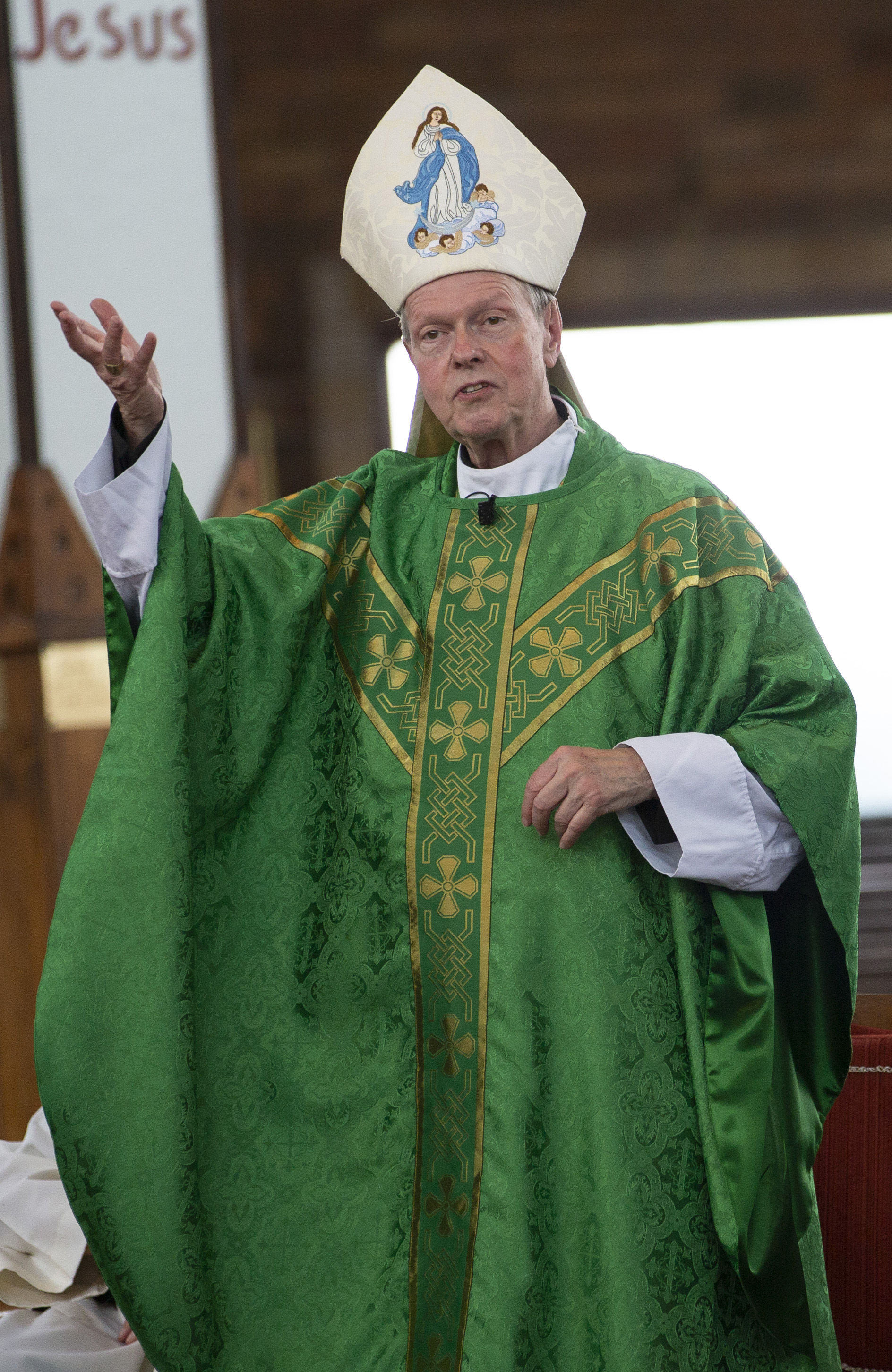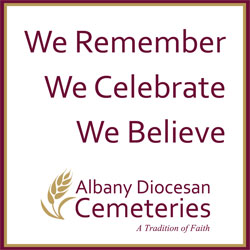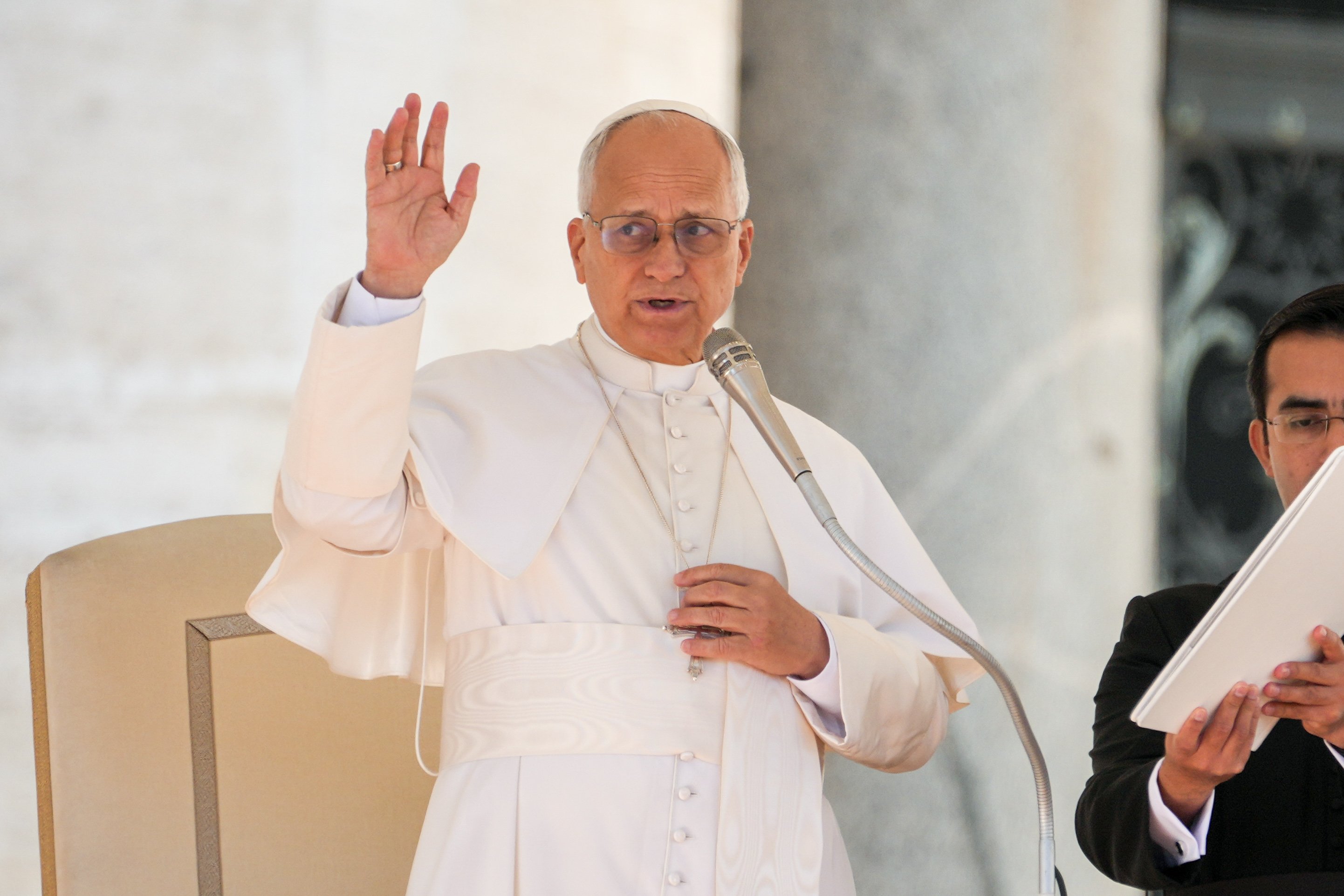April 6, 2018 at 1:53 p.m.
CONNECTING WITH COMPUTERS
Coding a new talent for local students
"Computing is all around us," said Jeromy Bigness, technology teacher for sophomores through seniors at Christian Brothers Academy in Albany. So, at CBA, Mr. Bigness teaches his students coding in a new advanced-placement computer science class.
The course looks at how students can use computer skills in their everyday lives.
By attaching different commands to a string of "codes," computers are able to complete simple and complex tasks, depending on the sophistication of the codes. A line of code might tell a computer to solve a math problem or animate a cartoon character.
For example, CBA students are learning what coding processes go into the creation of a video game or "apps" (applications), the software programs used for specific functions on computers, smart phones and the like.
"We do a little bit of web design," too, Mr. Bigness said.
Interfacing
At Saratoga Central Catholic High School, students are learning the coding language Scratch in their technology classes. Scratch is a language designed for young people, to give newcomers to coding a basic and fun understanding of how to "talk" to a computer.
"Most people think of code as lines and numbers and symbols," said Dennis Ostrowski, assistant principal and information technology director. "Scratch puts those into 'icon blocks.'" Students learn to assemble these preexisting small blocks of code into larger blocks that carry out a particular actions. It's like assembling a puzzle that will only fit together if the blocks of code are compatible.
"The students learn the coding process without [having to write] all the lines of coding," said Mr. Ostrowski.
Spa Catholic begins teaching the process in sixth grade. At that point, students create very simple computer programs. However, by the time they are in eighth grade, students are creating their own video games.
Myriad of uses
Right now, the eighth-graders are learning how coding and computer science are used in small businesses.
"You need coding to work with the technology that different businesses are using," said eighth-grader Catherine Darcy. Right now, she said, her class is learning about how various horse barns and beekeepers in the area use technology in their work. A beekeeper might need to keep track of beehives, for instance. Computer programs help many businesses figure out how to increase their profits.
"My favorite part of coding is when you're making it and you get to add all the cool stuff," Catherine remarked. "When it goes all together and you finally see that you made a game and it all works together, you get a sense of accomplishment."
St. Pius X School in Loudonville teaches coding by using the Google program CS First. Videos and challenges allow students to ask questions as the progress.
"They see it as a challenge," said Kendra Astemborski, technology director and middle school computer science teacher; in fact, the students enjoy coding so much, they often come into her classroom asking if they are working on coding that day.
Make your own
At St. Mary's School in Ballston Spa, a computer club run by technology director Sister Debbie Timmis, CSJ, lets students elect to learn the process of coding in their spare time.
A dozen fifth-graders join Sister Debbie after school to build their own computers, work on CS First and complete coding projects with Makey Makey GO boards. The simple circuit boards allow students to use Scratch to program, one step at a time.
For example, by connecting the board to an item like a pencil, students can make that pencil act as a touch pad to control their computers.
"It's been really fun," Sister Debbie told The Evangelist. The students even created a talking robot they hung on a classroom door during Catholic Schools Week in January. When passersby pressed a button on the robot's hand, it would speak, saying short, pre-recorded phrases about the school or Catholic Schools Week in general.
"The kids' creativity is so engaging," Sister Debbie noted.
Big dreams
At Spa Catholic, students are beginning to consider coding as a future career. Seventh-grader Conor Byrne hopes to one day be a computer programmer.
Catherine wants to be a neurosurgeon: "They work on computers to try to get different medicines. A lot of times, they actually use robots to go into the person" in surgical procedures, she said.
Sara Wenkle, a sixth-grader, believes that learning coding now will help her become an optician when she grows up.
"More and more jobs are asking for fluency in computational speaking," said Mr. Bigness. "It's increasingly necessary."[[In-content Ad]]
SOCIAL MEDIA
OSV NEWS
- Pope offers prayers for the Philippines and for peacemakers
- Dig deep and work patiently to keep church on solid foundation, pope says
- Portland archbishop on ICE: Human dignity comes from God, not government
- Christian hope shows the earth can resemble heaven, pope says
- Washington Roundup: Election shifts; Venezuela vote; transgender passports, and more
- Novel highlights power of art and music as a salve to troubled humanity
- Supreme Court sides with Trump administration to temporarily block full funding for SNAP
- Former diocesan fundraising director indicted on wire fraud for alleged 6-figure theft
- Love is key to church’s mental health ministry, says bishop who lost family to suicide
- Caring for creation is part of peacemaking, pope tells COP30








Comments:
You must login to comment.